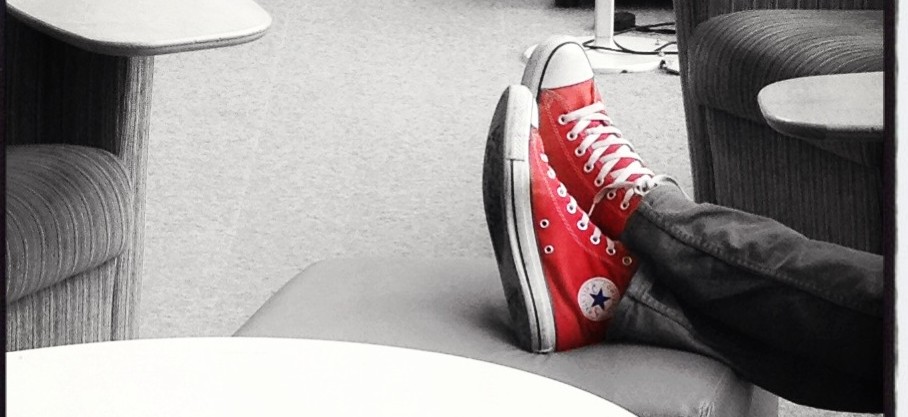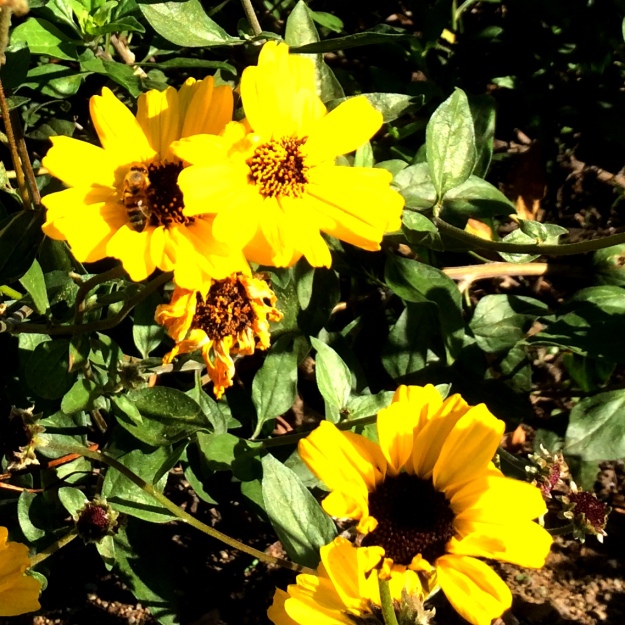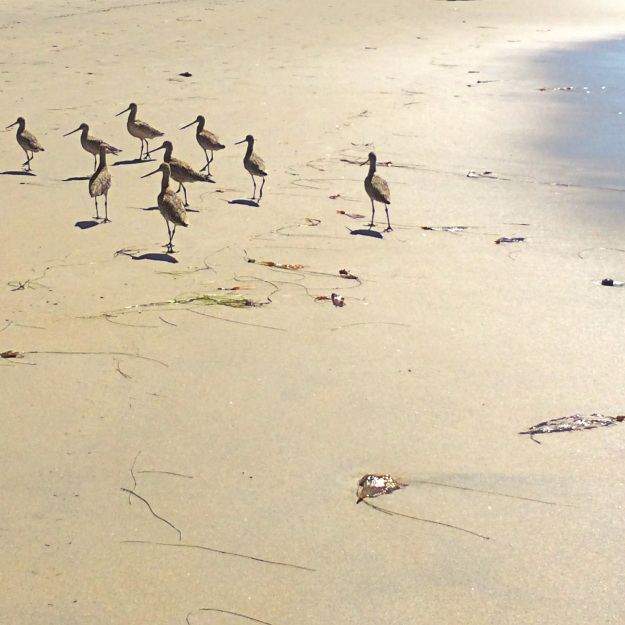For the last several years I have traveled to our nation’s capitol each spring to advocate for teachers, students, and writing. As part of that process I walk the halls of congress and meet with elected representatives, telling the story of teaching and learning in my hometown and the power of the National Writing Project network to support teachers and learners.
I’ve never considered myself political. Although I have always voted, I hadn’t really considered my role in the political process as a citizen beyond placing my vote at election time. And honestly, the first time I agreed to meet with elected representatives I wasn’t sure I would be able to find the words and the courage to speak to these strangers about the profession I love. But I did it…and have continued to do it, because students deserve the best learning opportunities we can provide. And in the process I have learned a lot about the political process and the power of building relationships with the people who represent us in congress.
In San Diego there are five congressional representatives for the area the San Diego Area Writing Project serves. There are democrats and republicans, veteran politicians and those new to the job. Sometimes we meet directly with the representative, sometimes we meet with one of their aides. Some are knowledgeable about education, some are not. Sometimes we meet with the same person from year to year, others times we meet someone new. Sometimes our representatives are upbeat and hopeful, other times they are frustrated, and sometimes even curt. I can’t imagine how many people they meet with, each wanting their interest to be the priority.
And over the years I have learned some things:
- Education doesn’t need to be partisan. Remind the representative of the ways that students in their district benefit from opportunities for high quality learning. And remind them that teachers work hard and want the best for their students.
- Our elected representatives understand the value of good writing skills. They tell us stories every time we meet with them about the difficulty finding employees and interns with good writing skills.
- Be direct and positive. That doesn’t mean to sugar coat the truth, but it does mean being pleasant and being prepared with the information you plan to share and the request you have.
- Work to build a relationship–both locally and in the capitol. Send information, follow up with emails, invite them and their staff to visit local events…who doesn’t want a photo op with an adorable student?
This year, my friend and colleague Abby, who traveled to Washington D.C. with me, decided to make a video for her second grade students featuring our local representatives. With each of the representatives we spoke with directly, she asked them if they would mind saying a few words to her students. (We met with three of our five representatives directly–they are featured in the video.) Each representative was happy to participate…and Abby sent them each a link to the finished movie. (Hope you enjoy it too! I served as cinematographer for the scenes featuring Abby.)
And here’s a couple of behind the scenes photos of Abby in action.
I’ve also learned the power of social media in advocacy. After Abby tweeted the link to the video she also had responses from the congressional twitter feed. And it wasn’t long before a photo we had taken with a local congressman was tweeted out as well.
The only way we can improve the political process is to participate in it. And although it isn’t necessary to travel to Washington to participate, being there expands my understanding of how the processes work (and don’t) and helps me think beyond the partisan politics that dominate the rhetoric about our government.
I am more convinced than ever that we need to move beyond binary thinking, beyond democrat and republican, beyond right and wrong, and black and white and move toward more complex understandings of how our government works. For me, these efforts to advocate on behalf of my profession and the students we teach have been steps in that direction.



























